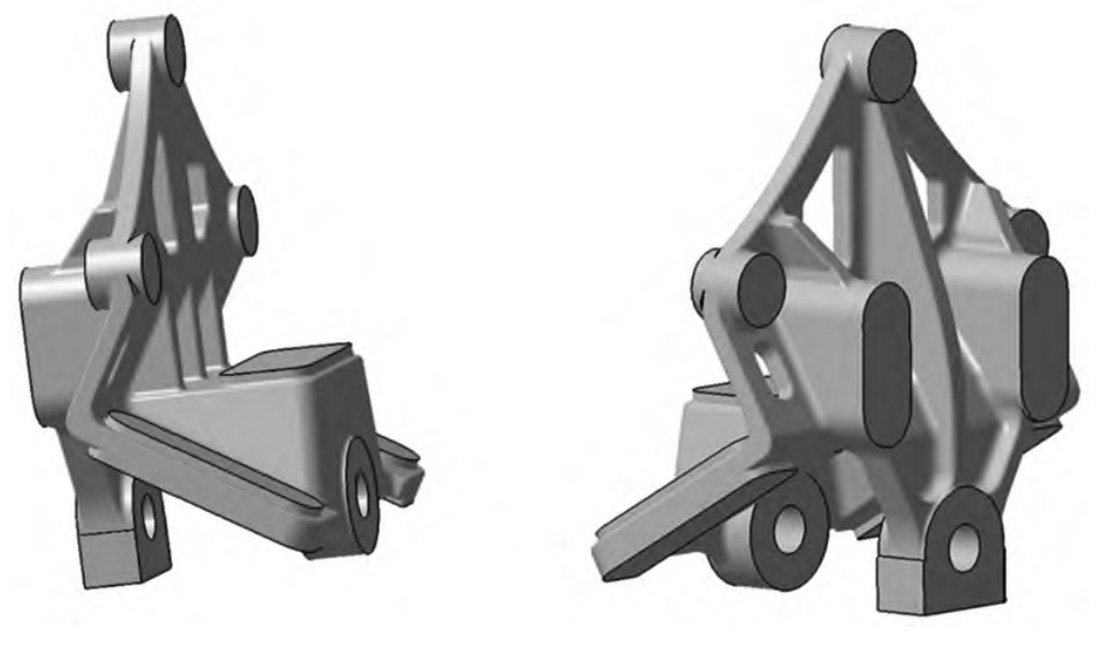Heat treatment is a critical process in the production of steel castings, as it can significantly enhance their performance and durability. By subjecting the castings to controlled heating and cooling cycles, the material structure and properties can be optimized. This article explores the importance of heat treatment in steel castings and its impact on improving performance and durability.

- Stress Relief: One of the primary benefits of heat treatment in steel castings is stress relief. Casting processes often introduce internal stresses due to uneven cooling and solidification. Heat treatment helps alleviate these stresses, reducing the risk of distortion and cracking during subsequent machining and service.
- Homogenization of Microstructure: Heat treatment facilitates the homogenization of the microstructure in steel castings. It allows for the redistribution of alloying elements and promotes a uniform structure throughout the casting. This improves the mechanical properties, such as strength, toughness, and ductility, leading to enhanced performance.
- Hardening and Tempering: Specific heat treatment techniques, such as quenching and tempering, can be employed to achieve desired hardness levels in steel castings. Quenching involves rapid cooling to increase hardness, while tempering follows to reduce brittleness and improve toughness. This combination of processes optimizes the mechanical properties for different applications.
- Case Hardening: For applications requiring wear resistance, case hardening can be applied to the surface of steel castings. Through heat treatment processes like carburizing or nitriding, a hard and wear-resistant outer layer is developed, while the core remains tough and ductile.
- Grain Refinement: Heat treatment can contribute to grain refinement in steel castings. Controlled heating and cooling cycles promote the formation of finer grain structures, which enhances the mechanical properties and improves resistance to fatigue and crack propagation.
- Transformation and Phase Changes: Certain heat treatment processes induce phase transformations in the steel castings. For instance, austenitizing followed by martensitic transformation can significantly increase hardness and strength. Understanding the phase changes and tailoring the heat treatment parameters accordingly is crucial for achieving desired material properties.
- Quality Assurance: Heat treatment serves as an essential quality assurance step in steel casting production. By following precise heat treatment protocols, manufacturers can ensure consistency in material properties, dimensional stability, and overall casting quality.
Heat treatment is a vital process in steel casting production, offering numerous benefits in terms of performance and durability. By relieving stresses, homogenizing the microstructure, applying hardening and tempering techniques, performing case hardening, promoting grain refinement, and inducing phase changes, the mechanical properties and service life of steel castings can be significantly enhanced. Through meticulous control and optimization of heat treatment processes, manufacturers can achieve steel castings with superior performance, durability, and overall product quality.
